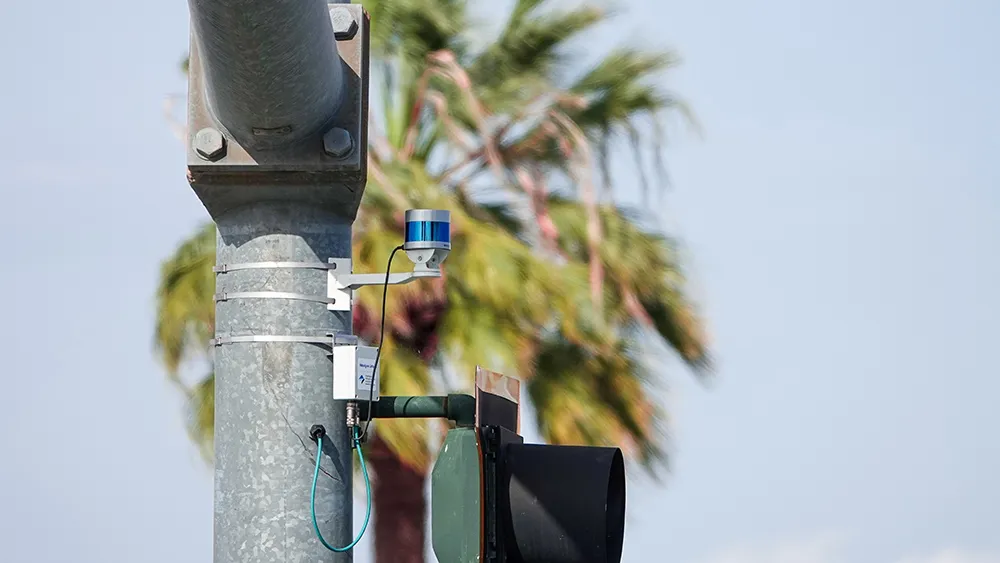
Now part of Paradox Engineering, Tinynode says its solutions provide a simple, cost-effective and reliable way to detect if a parking lot is free or occupied by a vehicle, offering data reliability exceeding 98%. Installed above or flush with the ground, the products rely on a patented, lowest-power, multi-hop, self-configuring radio communication protocol to build effective and secure wireless networks enabling a number of parking-related applications.










